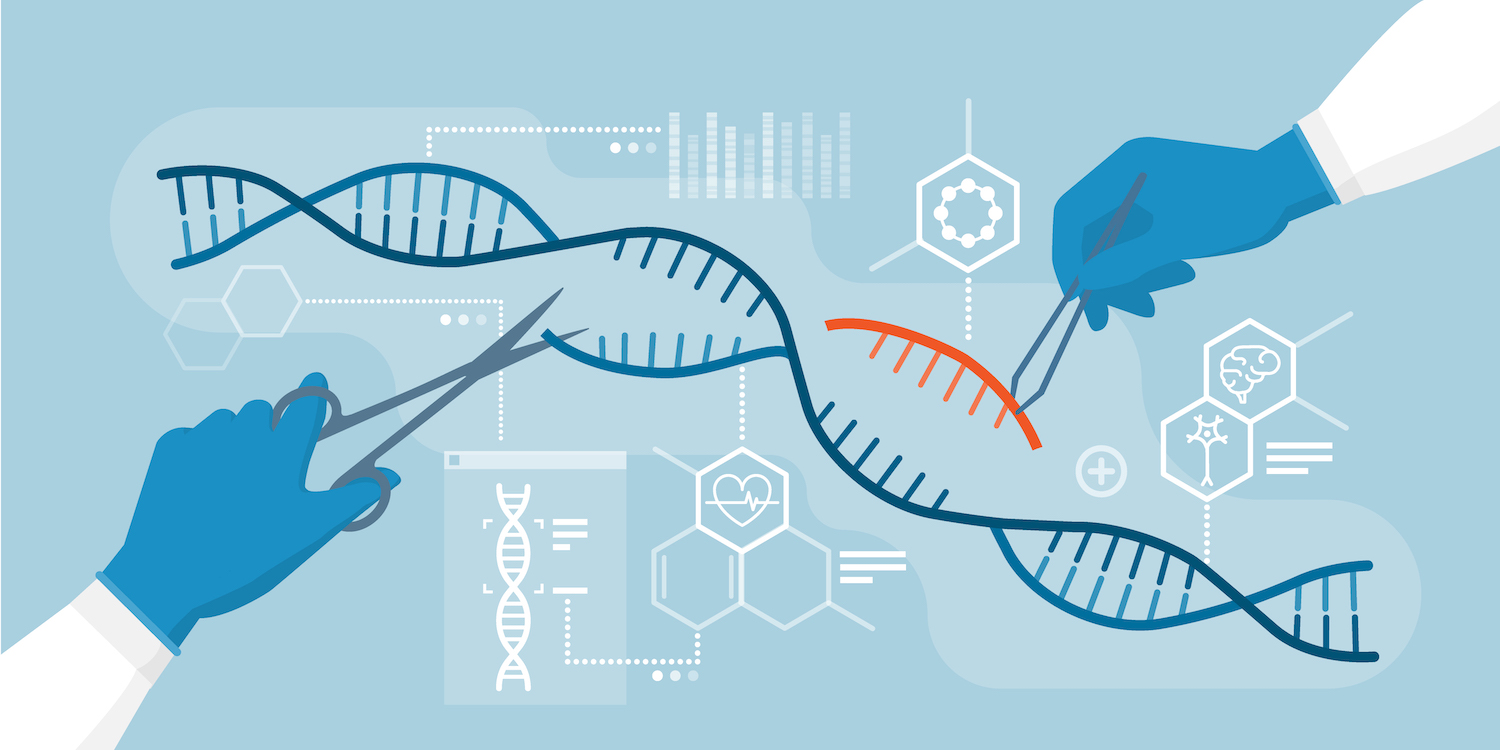News
August 7, 2020
ASHBi presents a new framework to guide policies on human gene editing

The Nobel Prize last year for the discovery of CRISPR-Cas9 was a major recognition for how science is changing the human genome in once unimaginable ways. CRISPR-Cas9 and other biotechnologies have stirred the fear of designer babies, but they also present the possibility of cures for untreatable diseases. For the same reasons, they bring new ethical dilemmas that demand attention from policymakers. A new article by Tsutomu Sawai, an assistant professor at ASHBi and the Center for iPS Cell Research and Application, Kyoto University, and colleagues proposes a framework to guide these policies.
The paper argues that changes to our genome are not simply binary acts. Some changes are permanent, others are temporary. Some change the genome into alternate but natural states, while others will create artificial states. Finally, some will be traceable and others not.
“Privacy is a very important issue when considering policies for genome and epigenome editing,” said Sawai. “We should ask if the editing leaves a footprint, which would allow a third-party to identify if the individual has undergone some type of editing.”
Current frameworks exist for genome and epigenome editing, but, as the authors argue in their paper, these frameworks fail in certain cases. As proof, the authors describe four examples that each bring their own unique ethical dilemmas. The framework they propose was broken into hierarchies like previous frameworks for genome and epigenome editing and includes four dimensions and three categories.
These dimensions and categories are mostly the same as previous frameworks. The first three dimensions are the target of the editing, the goal of the editing and the outcome of the editing. The fourth and new dimension is the possibility of a footprint.
As for categories, improving joins previously proposed correcting and revising a gene.
“Improving,” explained Sawai, “is a condition that does not cure the disease but brings a milder, more tolerable condition.”
While the one new dimension and category bring contrast to previous frameworks, the biggest difference supersedes the two.
“We incorporated a new hierarchical level that defines the treatment as permanent or non-permanent. This considers psychological effects and also the prospect of passing the change to offspring,” he said.
In the opinion of the paper, previous frameworks have not given sufficient attention to this last point. An individual who has had a gene corrected for something life altering like hearing loss or more benign like hair loss may pass this correction to their offspring. In such as case, not only would the child not have been consulted, the child may not even know that their genome had been artificially manipulated. Moreover, if there is a footprint, someone else could discover the manipulation.
“Currently, when considering germline interventions, most frameworks emphasize technological possibilities. We presented our framework to have moral values taken into account at the onset of the debate,” said Sawai.
Paper Information
Kyoko Akatsuka, Mitsuru Sasaki-Honda and Tsutomu Sawai (2020). Ethical Framework for Next-Generation Genome and Epigenome Editing, the American Journal of Bioethics, DOI: https://doi.org/10.1080/15265161.2020.1782524
